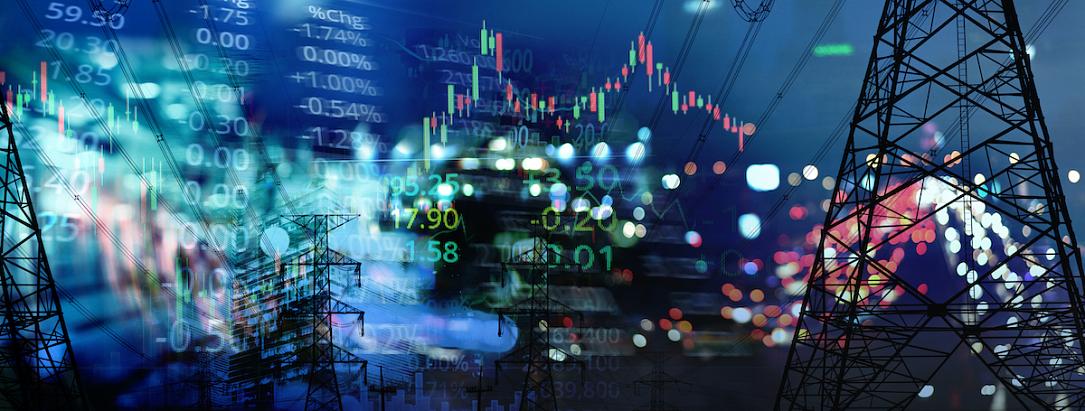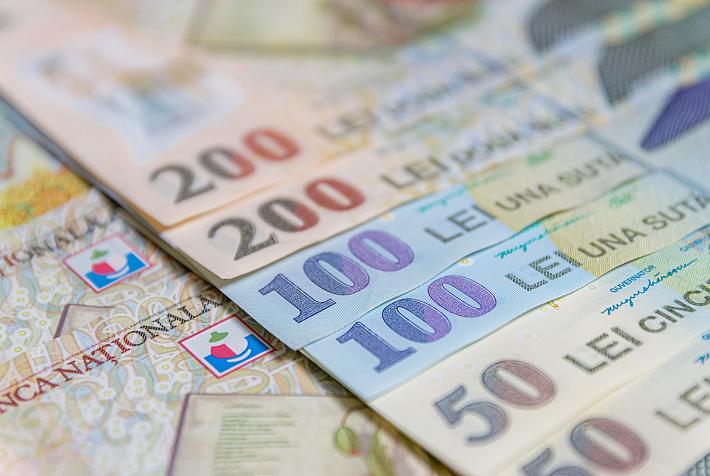RO electricity suppliers compelled to source 40% of deliveries from non-spot markets

The electricity producers, irrespective of their ownership (state or private), will have to sell at least 40% of their production on non-spot markets, under an emergency ordinance endorsed by the Romanian Government at the end of last year (hence in force) and currently under debate in Parliament, Profit.ro reported.
The lawmakers added, however, another provision: the suppliers will have to cover at least 40% of the electricity delivered to end-users from non-spot markets.
The non-spot markets are any markets except for the day-ahead market (DAM) and intraday (ID) market.
The new provision introduced by the Senate, which passed the bill on February 21, is aimed at avoiding a problem that occurred despite the producers’ obligation to sell part of their output under long-term contract: namely, the buyers are usually traders and not suppliers.
It is assumed that the spike in the end-user electricity prices experienced starting mid-2021 is largely attributable to suppliers’ ‘short position’ resulting from not securing long-term contracts to match the predictable deliveries.
Another significant cause is, however, the insufficient generation capacity, and this is confirmed by the rising net trade deficit. The main outcome of the supplementary provision introduced by senators is that the intermediaries will play a slightly less important role in the market.
(Photo: Madamlead/ Dreamstime)
andrei@romania-insider.com













